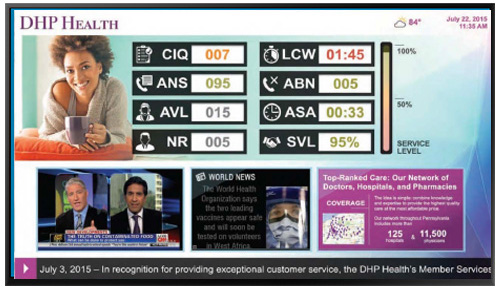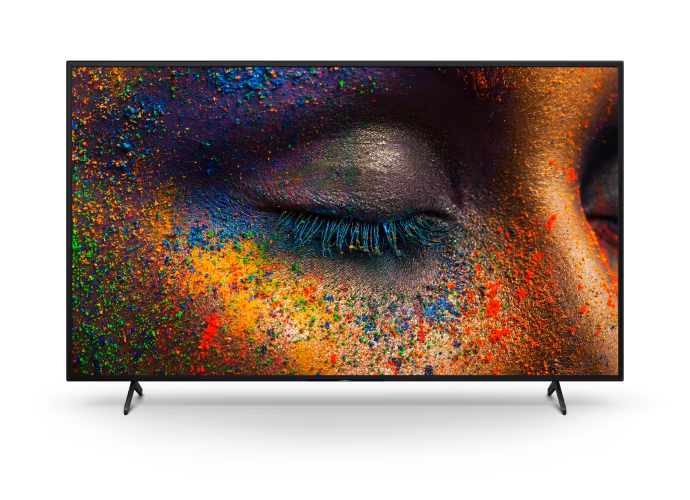Creating digital signage content is often the last step in a comprehensive process of implementing the hardware, learning how to use a content management system (CMS), developing a strategy for content creation and editorial, etc.
Now, it’s time to roll up our sleeves and create beautiful content, right?! Well, almost.
Before diving head first into creating digital signage content that will delight and engage every person who has the privilege of walking past your screens, take a moment to understand the basics of writing and designing effective digital signage content. The information you aim to communicate is important — let’s make sure the message is effective and will drive the desired action. Whether you’re a graphic designer, copywriter or the lucky HR professional tasked with keeping the digital displays fed with content, these best practices will help you craft your message and display it in its most convincing form.
Your audience is hungry for fresh content, let’s get started!
1. Simple Is Better.
A good rule of thumb to judge the simplicity of your content is to pretend someone will only have two seconds to comprehend your message. Will the intended audience take away the key message you are trying to communicate in those two seconds? If not, you might be trying to communicate too much on one slide. Refine your message to one strong point, and wherever possible, use graphics and visuals to do the talking for you. Humans can decode visual information 60,000 times faster than when digesting written text!
2. Write a Strong Headline.
Think about the most important part of your message and craft it into a concise but impactful headline. The best headlines are 7-10 words or less. It should get right to the point and let the viewer know exactly why they should be reading your message. On average, eight out of ten people will only read your headline. Make it the most important feature of your design.
3. Try the 3 x 5 rule.
When writing the body copy,
use simple, concise language and
always include a call-to-action.
See what we did there? The statement above abides by the 3 x 5 rule, which says to use no more than three lines of text with five words on each line. It also works in reverse by using five lines of text with no more than three words in each line. This best practice will help keep the slide uncluttered and the message succinct.
4. Consider Font Size & Type.
Digital signage design has a unique set of font legibility principles to remember. More like designing a billboard than a print advertisement, digital signage needs to be readable at a glance.
San-serif fonts like Helvetica, Arial, Futura and Avenir are recommended for use on digital displays because they are easier to read. Bold text can be useful to emphasize key parts of your messages — but avoid using italics as they are difficult to read from a distance.
As for font size, it’s very important to consider how far away a reader will be when they see your message. The chart below pairs font size with its legible viewing distance:
5. Design Composition and Contrast.
Headline, images, body copy and colors all need to work together to communicate your message. Establishing a visual hierarchy with the various design elements will help lead a viewer through your message in a logical, intuitive way.
The size of each element denotes its importance to the reader — the larger it is, the more important it should be to your message. Color can be a great way to keep the design on brand and catch the viewers eye. Use contrasting colors to aid the readable of the text.
Implementing digital signage can be a significant investment for a company. Beyond the costs of the hardware, the task of creating content for digital signage takes time, strategy, persistence and a basic understanding of design and writing for digital signage. Maximize your investment in digital signage by sticking to these content creation best practices.
Whether you’re a designer by trade or not, you can create bold, exciting and impactful content for your digital displays. Our Digital Signage platform Korbyt Anywhere has an easy-to-use content designer with professionally designed templates and drag-and-drop element to help you create great content for your digital signage.









